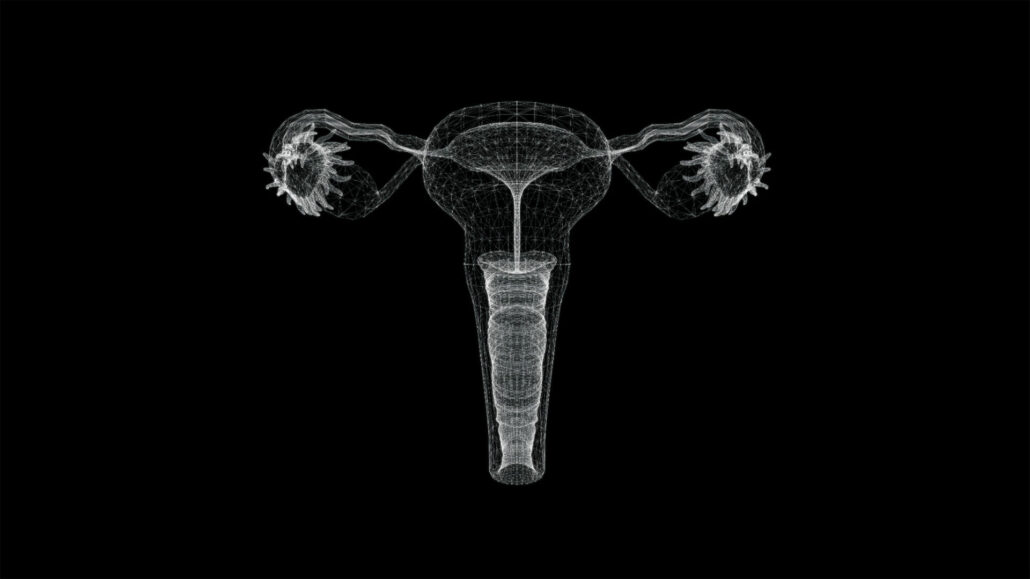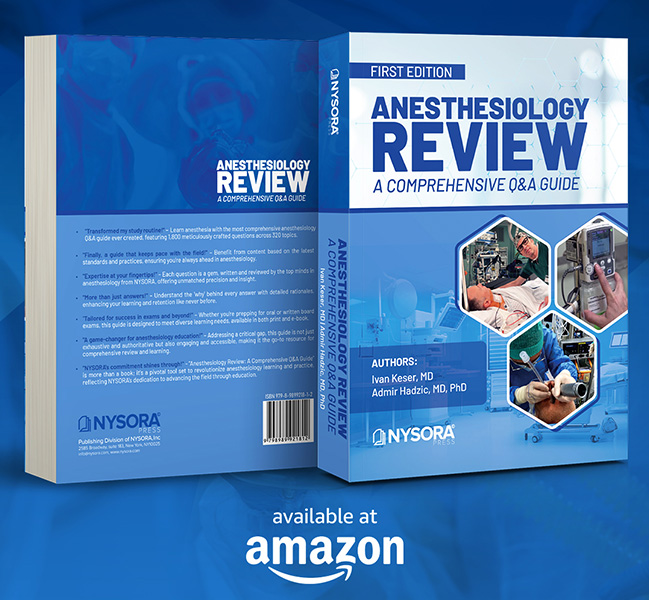
Cervical Cerclage and Anesthesia Management: Ensuring Safe Outcomes for High-Risk Pregnancies
Cervical cerclage, a procedure used to prevent preterm birth in women with cervical insufficiency, is an essential intervention in obstetric care. This surgical technique involves placing sutures around the cervix to prevent it from opening prematurely during pregnancy. The success of this procedure heavily relies on proper anesthesia management, which ensures the safety and comfort of the patient while minimizing potential complications. Here, we delve into the specifics of cervical cerclage, its indications, and the critical aspects of anesthesia management based on insights from the NYSORA guidelines.
Understanding Cervical Cerclage
Cervical cerclage is primarily indicated for women with a history of second-trimester pregnancy loss or preterm birth due to cervical insufficiency. Cervical insufficiency is characterized by painless cervical dilation leading to premature birth or loss of an otherwise healthy pregnancy. The procedure is typically performed between 12 to 14 weeks of gestation, though in some cases, it can be done up to 24 weeks.
Types of Cervical Cerclage
- Transvaginal Cerclage: This is the most common type and includes the McDonald and Shirodkar techniques. The McDonald cerclage involves placing a purse-string suture around the cervix, while the Shirodkar cerclage involves a more complex procedure in which the suture is placed higher on the cervix.
- Transabdominal Cerclage: This is considered when transvaginal cerclage fails or is not feasible due to anatomical considerations. It involves placing the suture around the cervix via an abdominal incision.
Anesthesia for Cervical Cerclage
Anesthesia management for cervical cerclage aims to provide adequate analgesia, minimize stress for the mother and fetus, and avoid complications. The choice
of anesthesia can vary, but regional anesthesia is generally preferred over general anesthesia.
Regional Anesthesia
Spinal Anesthesia: This is often the anesthesia of choice for cervical cerclage due to its rapid onset and effective pain control. Spinal anesthesia involves injecting a local anesthetic into the subarachnoid space, resulting in a quick and dense block.
Epidural Anesthesia: This can also be used, especially if there is a need for prolonged pain relief post-procedure. An epidural catheter allows for continuous administration of anesthetics, which can be beneficial in cases where surgery may be extended.
Combined Spinal-Epidural (CSE) Anesthesia: This technique offers the advantages of both spinal and epidural anesthesia, providing a rapid onset of anesthesia with the option for extended pain relief through the epidural catheter.
Preoperative Considerations
Before administering anesthesia for cervical cerclage, several preoperative considerations must be addressed:
- Patient Assessment: It is crucial to thoroughly assess the patient’s medical history, current medications, and previous anesthetic experiences. Special attention should be given to any history of spinal or epidural complications.
- Fetal Monitoring: Ensuring fetal well-being is paramount. Continuous fetal monitoring should be conducted before, during, and after the procedure to detect any signs of fetal distress.
- Informed Consent: Patients should be informed about the procedure’s risks and benefits and the chosen anesthetic technique. Informed consent should be obtained, highlighting potential complications such as infection, bleeding, or anesthesia-related issues.
Intraoperative Management
During the procedure, maintaining maternal and fetal stability is essential. Key aspects include:
- Positioning: The patient is usually positioned in the dorsal lithotomy position. Care should be taken to avoid aortocaval compression by tilting the patient slightly to the left.
- Monitoring: Standard monitoring includes continuous ECG, blood pressure, pulse oximetry, and fetal heart rate monitoring.
Medication Administration: The anesthetic dose should be carefully calculated based on the patient’s weight, gestational age, and coexisting conditions. Adjunctive medications, such as prophylactic antibiotics and tocolytics, may also be administered to prevent infection and uterine contractions, respectively.

Postoperative Care
Postoperative care is critical to ensure the continued well-being of both mother and fetus. Key aspects include:
- Monitoring: Close monitoring of vital signs and fetal heart rate should continue in the recovery room.
- Pain Management: Adequate pain control is essential. If an epidural catheter was placed, it could be used for postoperative analgesia.
- Observation for Complications: Patients should be monitored for signs of complications such as bleeding, infection, or preterm labor.
- Discharge Planning: Before discharge, patients should receive instructions on activity restrictions, signs of preterm labor, and follow-up appointments.
Anesthesia Management Insights
According to our NYSORA guidelines, cervical cerclage procedures under regional anesthesia, particularly spinal anesthesia, are highly effective due to the rapid onset and reliable block it provides. Epidural anesthesia is a valuable alternative, offering prolonged analgesia if necessary. Combined spinal-epidural techniques can also be employed, providing both immediate and extended pain relief.
We further emphasize the importance of patient positioning to avoid aortocaval compression and the necessity of continuous fetal monitoring to ensure fetal well-being.
In conclusion, cervical cerclage is a vital procedure for preventing preterm births in women with cervical insufficiency. Effective anesthesia management, primarily through regional techniques such as spinal and epidural anesthesia, plays a crucial role in ensuring the safety and comfort of the patient. By adhering to guidelines and best practices, anesthesiologists can significantly contribute to the successful outcomes of cervical cerclage procedures, safeguarding the health of both mother and fetus.
Explore this topic and many more with our Anesthesiology Review Q&A Book, filled with engaging questions to expand your knowledge. Don’t miss out—get your copy on Amazon or Google Books.




